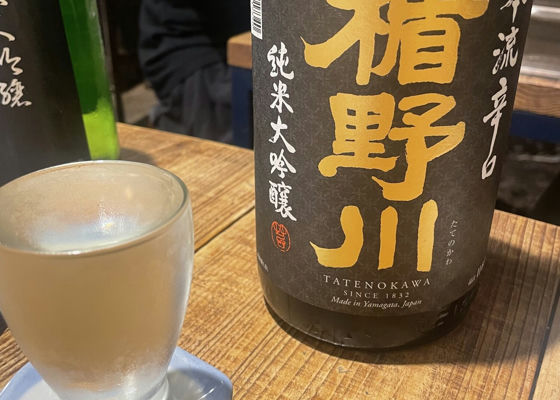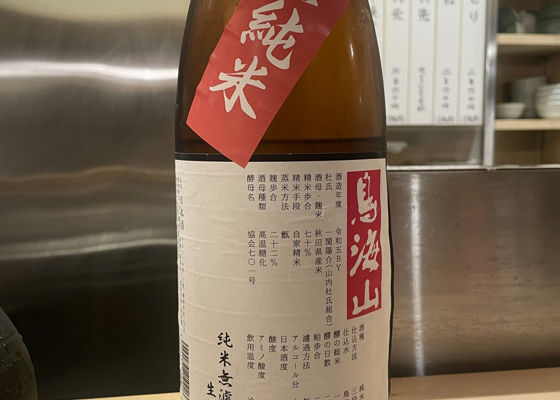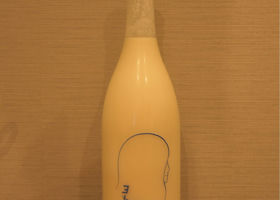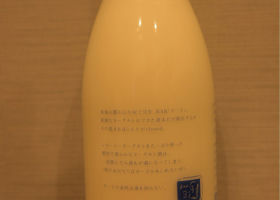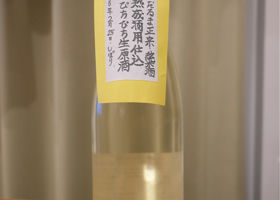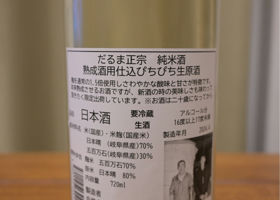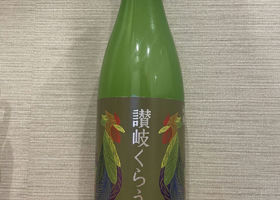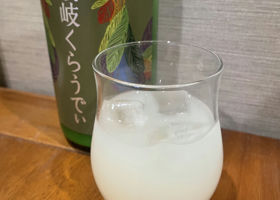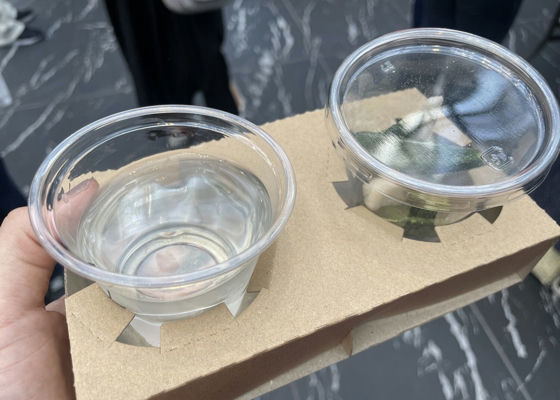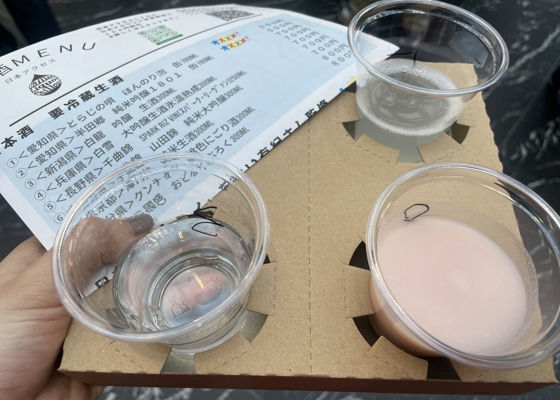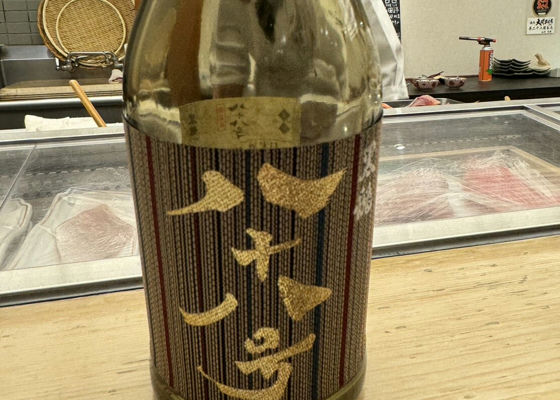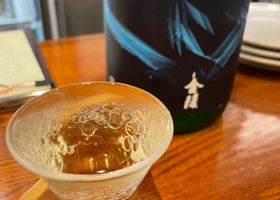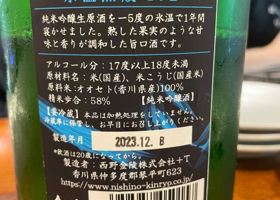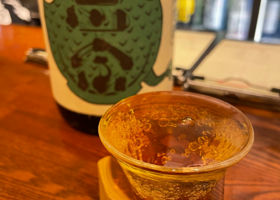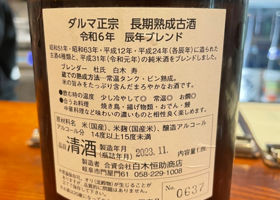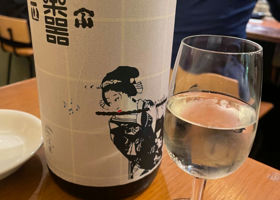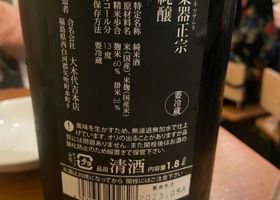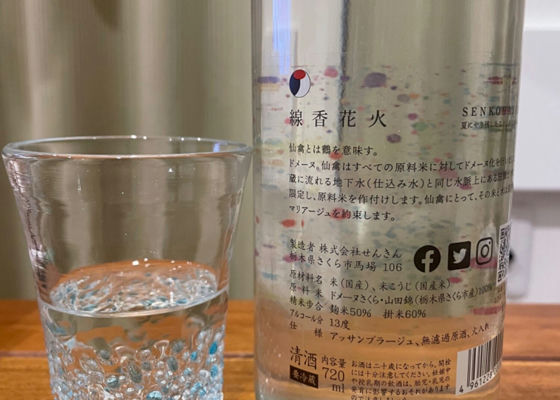かこち
When I went to Roppongi on business in 2024, I saw a Fukumasamune store on my way home and ended up purchasing a bottle.
I was attracted to the fact that it was a "winter-only" sake and a "draft" sake among the various types of sake available.
As the label says, it is slightly effervescent when poured into a glass, and the mouthfeel is pleasant and delicious ^^.
It is nigori, so it has a strong flavor, and I would rather drink it little by little than drink it lightly.
It has a koji-like aroma and a good balance of sweetness, spiciness, and bitterness! It's like a winter sake, and I'd like to drink it in a warm room!
Japanese>English
